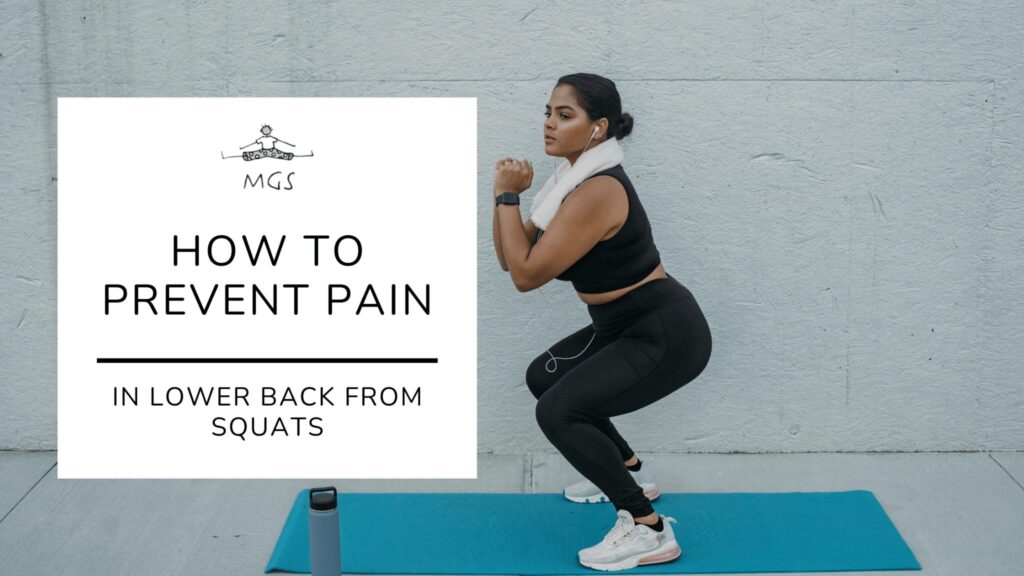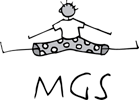Lower back pain after squats can make you feel like you’ve been hit by a truck. Many people experience soreness or pain because of poor form, weak core and glute muscles, loading too much weight too soon, or tight hips and ankles. Understanding why it happens and taking the right steps can help you squat safely and pain‑free. This article guides you through common causes and offers tips to prevent pain.
Key takeaways
- Weak core muscles and lack of control put undue stress on the lower back during squats.
- Loading up heavy weights too quickly can compromise form and trigger pain.
- Poor technique and form breakdown – such as rounding your back or letting your knees cave in – can lead to injury.
- Limited hip and ankle mobility restricts range of motion and forces your back to compensate.
- Focusing on proper technique, building core, glute and hamstring strength, and improving mobility helps you squat pain‑free.
- Seek professional advice if pain persists or you experience numbness, tingling or sharp shooting pain.
Understanding lower back pain from squats
Squats are a fundamental movement, but they require coordination of multiple muscles and joints. When your core is weak or you lack stability, your lower back compensates, resulting in strain. Poor alignment, excessive weight and limited mobility also contribute to discomfort. Recognising these factors is the first step to addressing them.
Common causes of pain
Weak core muscles: Your core stabilises your spine during squats. If these muscles are weak, your lumbar region bears the load, leading to soreness or injury.
Loading up too much weight too soon: Progressing weight too quickly before mastering technique can cause your form to collapse and puts excessive strain on the lower back.
Form breakdown: When technique fails — such as rounding your back, leaning forward or letting your knees collapse inward — the movement becomes inefficient and increases stress on the lumbar spine.
Tight hips and ankles: Limited hip and ankle mobility restricts your ability to squat deeply and maintain a neutral spine. As a result, your lower back compensates and feels the brunt of the force.
Mastering your squat technique
- Set your feet roughly shoulder‑width apart with toes slightly turned out.
- Breathe and brace your core before descending to create intra‑abdominal pressure.
- Keep your spine neutral by maintaining the natural curve in your lower back.
- Initiate the movement by pushing your hips back before bending your knees.
- Find a stance width and depth that feels comfortable while maintaining good form.
Building strength and mobility
To support your squat, strengthen the muscles that stabilise your spine and hips and mobilise your joints. Incorporate these exercises into your routine:
- Core stability exercises: planks, dead bugs and bird dogs to build endurance and control.
- Glute and hamstring exercises: glute bridges, Romanian deadlifts and hamstring curls to strengthen the posterior chain.
- Hip and ankle mobility drills: hip flexor stretches, deep lunge stretches and ankle dorsiflexion drills to improve range of motion.
Practical tips to avoid future pain
- Warm up thoroughly with dynamic movements and mobility drills.
- Start with bodyweight or light weights and gradually progress as your strength and technique improve.
- Avoid pushing through sharp pain or fatigue; listen to your body and rest when needed.
- Focus on quality over quantity – maintain proper form even if it means doing fewer reps.
- Consider cross‑training activities like Pilates, yoga or swimming to improve flexibility and core strength.
When to seek professional help
If you experience persistent or worsening pain, numbness, tingling or shooting pain down your legs, consult a physiotherapist. A professional assessment can help diagnose underlying issues, provide tailored exercises and ensure you’re squatting with the right technique.
Conclusion: Lower back pain during squats is common but preventable. By understanding the causes, improving your technique, strengthening your core and addressing mobility limitations, you can squat safely and enjoy your workouts. Don’t hesitate to seek help if pain persists — our physiotherapists at MGS Physiotherapy are here to guide you.
CALL NOW TO BOOK YOUR APPOINTMENT

